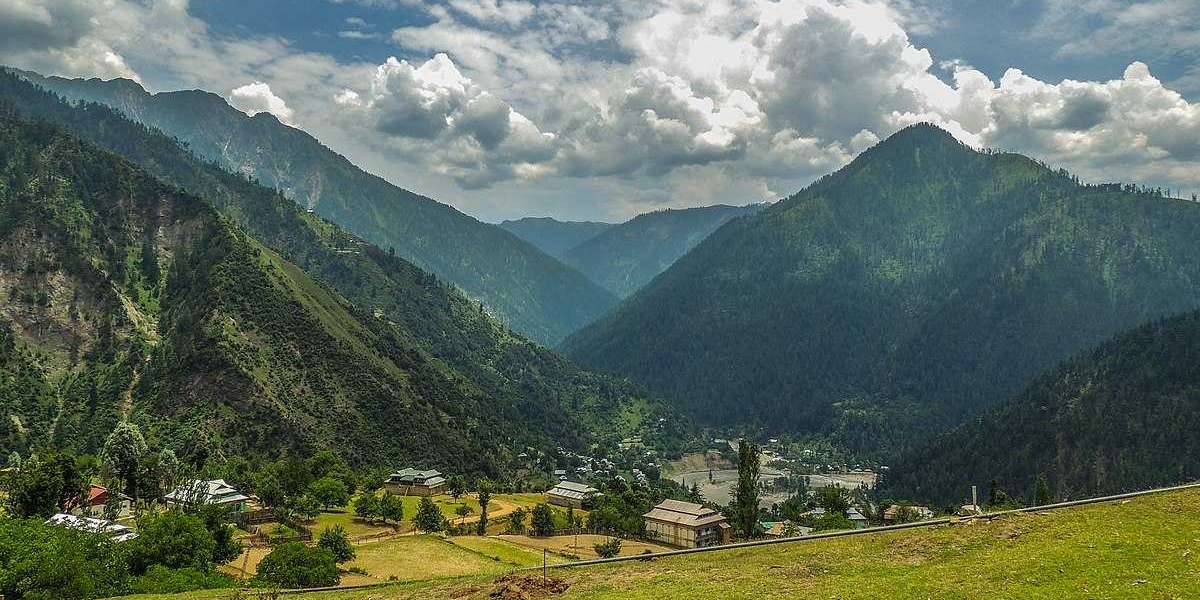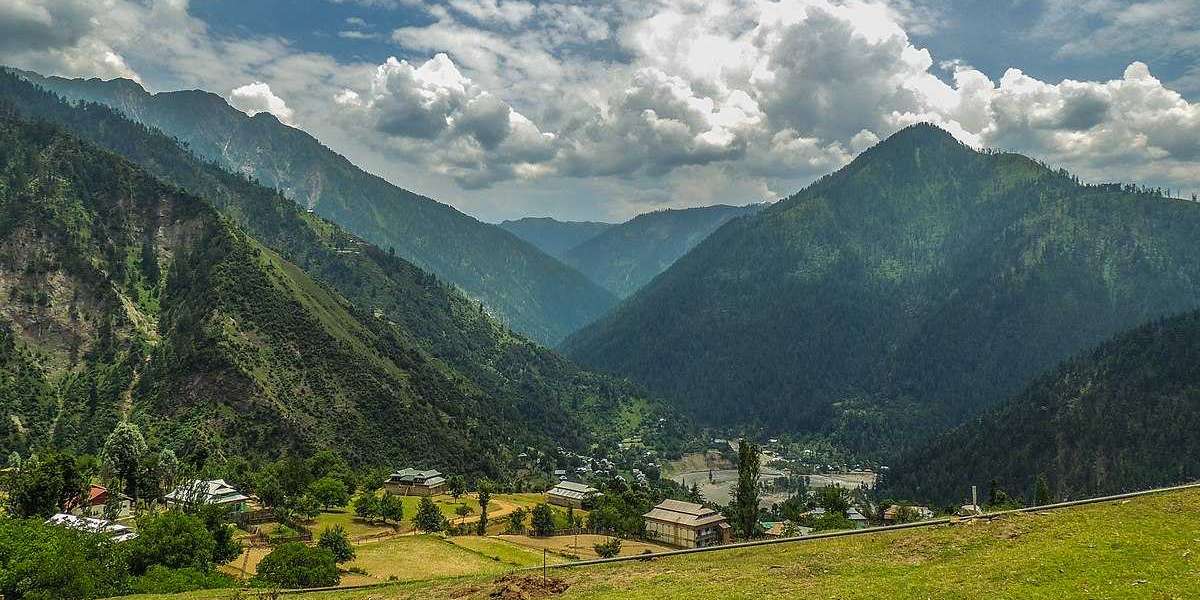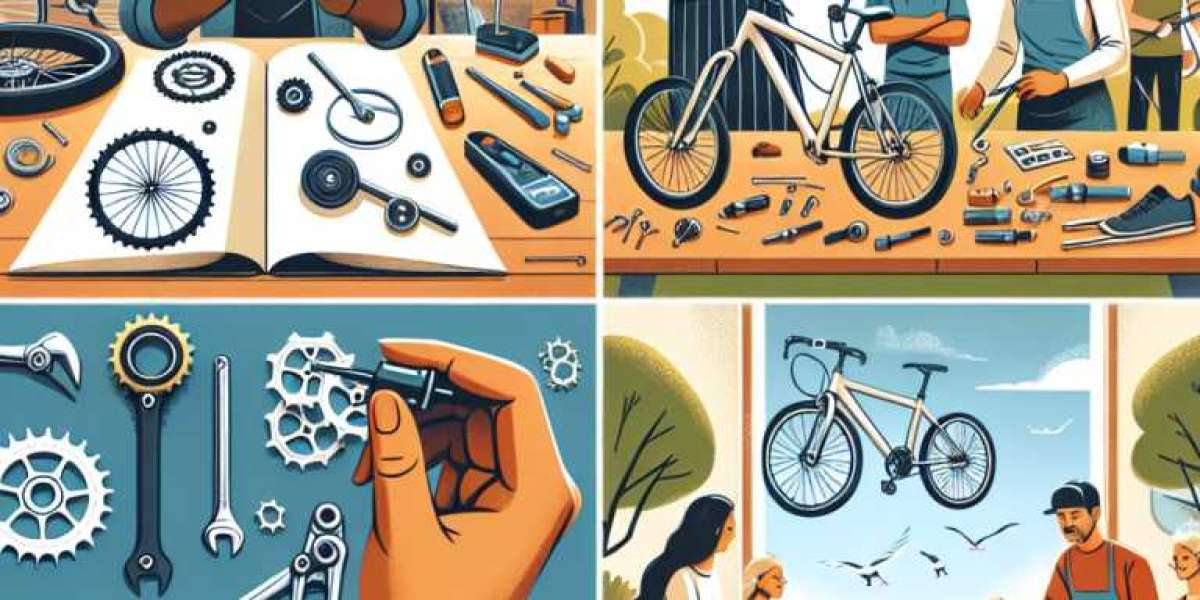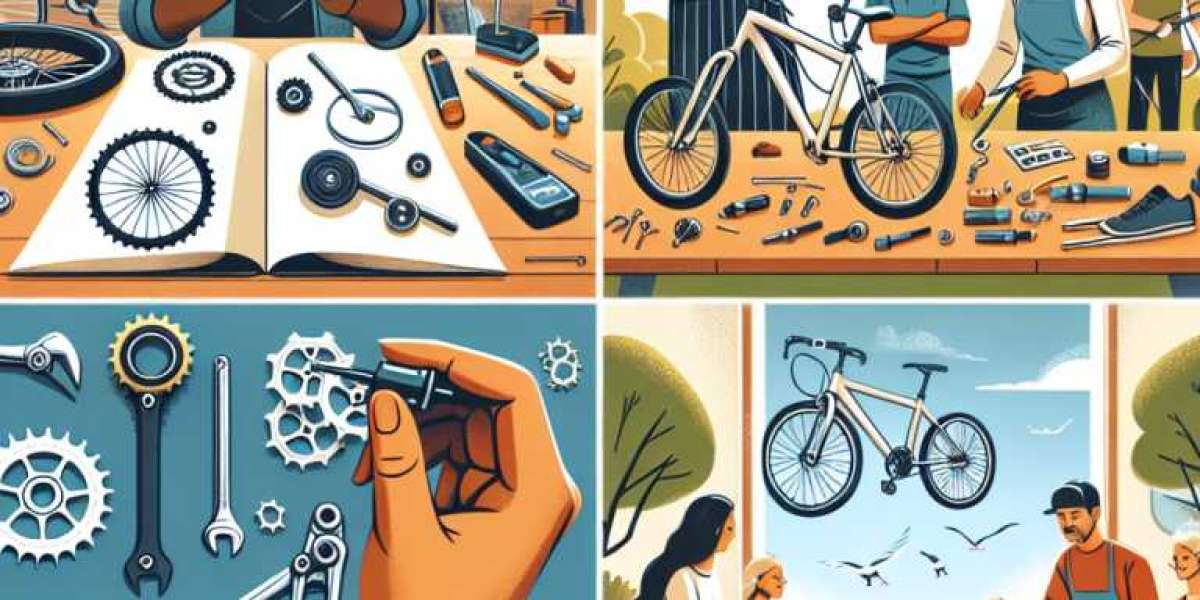Nestled within the majestic peaks of the Himalayas and Karakoram ranges, Azad Jammu and Kashmir (AJK), commonly referred to as Azad Kashmir, is often portrayed through the lens of its natural beauty. However, beyond the breathtaking landscapes lies a complex tapestry of human stories—particularly those of the women who live in these rugged, remote, and often forgotten mountain communities. These women, resilient and resourceful, are not only the backbone of their families but also silent drivers of change in their communities.
Historical and Socio-Political Context
Azad Kashmir, a self-governing administrative region under Pakistan, shares a complex history of conflict, displacement, and marginalization due to the long-standing Kashmir dispute between India and Pakistan. The instability in the region has taken a profound toll on the civilian population, and women, as is often the case in conflict zones, bear a disproportionate burden.
Generations of women in AJK have lived through war, displacement, military occupation, and environmental disasters such as the 2005 earthquake. Despite these challenges, they have carried on with resilience, adapting to harsh conditions and evolving social landscapes. While the official narrative of the region is often dominated by political dialogues and territorial claims, the lived experiences of its women remain underrepresented.
The Role of Women in Rural Communities
In the mountainous villages of Azad Kashmir, women are central to family and community life. Their responsibilities stretch far beyond household chores. They fetch water from distant springs, gather firewood, care for livestock, farm the terraced lands, and often manage entire households single-handedly when men migrate to cities or abroad for work. These women rise before dawn and work until sunset, yet their labor often goes unrecognized, unrecorded, and uncompensated.
Despite the lack of formal recognition, their contribution to the local economy is significant. In many areas, women are the primary cultivators of maize, wheat, vegetables, and fruits. They produce traditional handicrafts like embroidery and woven shawls, which sometimes reach markets outside their immediate regions.
However, this subsistence economy is often insecure. Poor access to markets, low literacy rates, and inadequate infrastructure constrain their economic mobility. Limited access to banking or financial services further marginalizes women who may want to start small businesses or expand their traditional crafts into viable enterprises.
Education: A Double-Edged Sword
Access to education for girls in Azad Kashmir has improved in recent decades, but the region still grapples with deep-rooted gender disparities. Cultural conservatism, early marriages, and inadequate school facilities in remote areas hinder girls’ education. In mountainous villages, the nearest school may be several kilometers away, and the journey can be physically demanding and even dangerous, especially in winter months.
Nevertheless, a slow but noticeable shift is underway. Increasing awareness about the importance of education, especially among younger generations of parents, has led to higher enrollment rates for girls in some parts of Azad Kashmir. Educated women are emerging as teachers, nurses, and even lawyers and civil servants. These trailblazers are challenging traditional gender roles and inspiring other women to pursue education and professional careers.
One such example is Sumaira, a young woman from Muzaffarabad who became the first female in her village to pass the civil service exam. She now works as an administrative officer and actively promotes girls' education in neighboring areas. “It’s not just about books,” she says. “It’s about confidence, self-worth, and breaking barriers.”
Health Challenges in the Highlands
Healthcare in Azad Kashmir, especially in remote mountainous areas, remains a critical issue. Poor infrastructure, lack of female medical staff, and limited access to reproductive and maternal health services make women particularly vulnerable. Many women give birth at home without trained attendants, increasing the risks for both mother and child.
Compounding the problem is a general lack of health awareness and persistent taboos around menstruation, family planning, and mental health. However, non-governmental organizations and local health activists are slowly making inroads by organizing awareness sessions, training midwives, and distributing sanitary supplies.
One grassroots initiative, spearheaded by a group of women in Neelum Valley, trains local women as health volunteers. These volunteers educate other women about hygiene, nutrition, and reproductive health, and connect them with traveling doctors or mobile clinics when necessary.
Voices of Change: Advocacy and Leadership
While much of Azad Kashmir remains conservative, women are gradually finding their voices in political and civic spheres. The region has seen the rise of several female social workers, activists, and even politicians who challenge patriarchal norms and advocate for women's rights.
Civil society organizations have played a pivotal role in creating platforms for women to speak out. Radio programs, women's forums, and training workshops help amplify the voices of those who have long been silenced. These initiatives not only raise awareness about issues like domestic violence, inheritance rights, and education but also empower women to seek justice and participate in decision-making.
In urban centers like Muzaffarabad and Mirpur, women’s collectives are engaging with local authorities to demand better infrastructure, education, and health services. In villages, informal “women’s jirgas” or councils are emerging—spaces where women share their concerns and seek communal solutions.
The Struggle for Recognition and Rights
Despite these advancements, systemic challenges persist. The patriarchal structure of society still limits women’s freedom of movement, choice, and expression. Many women who challenge societal norms face ostracism, and in some extreme cases, violence.
Moreover, because Azad Kashmir is not a fully autonomous state and operates under a limited form of self-governance, women in the region do not enjoy the same constitutional rights and legal protections as those in Pakistan’s provinces. This legal ambiguity further complicates efforts to institutionalize gender equality.
However, the resilience of Kashmiri women is unwavering. They continue to build informal support networks, run household economies, educate their daughters, and slowly change mindsets—one conversation at a time.










